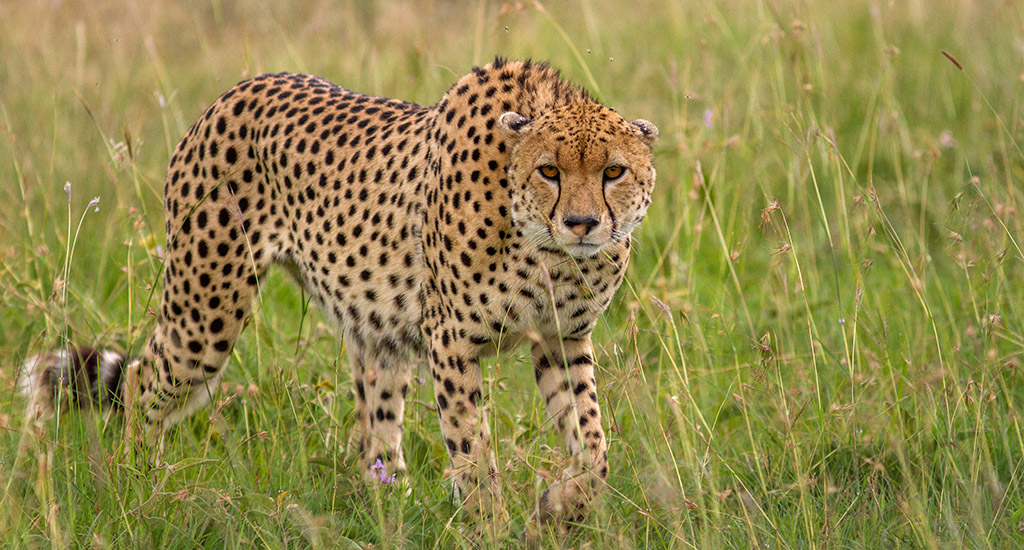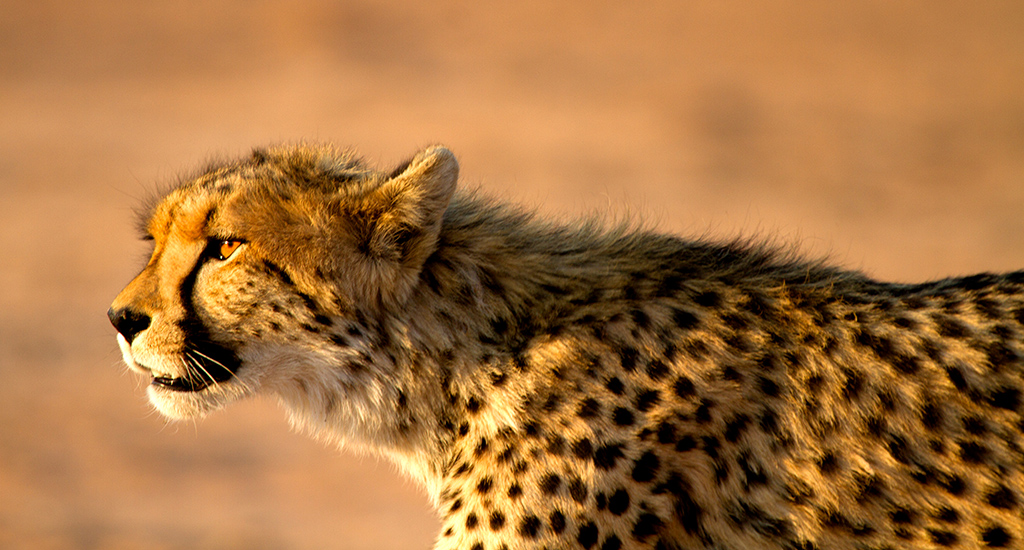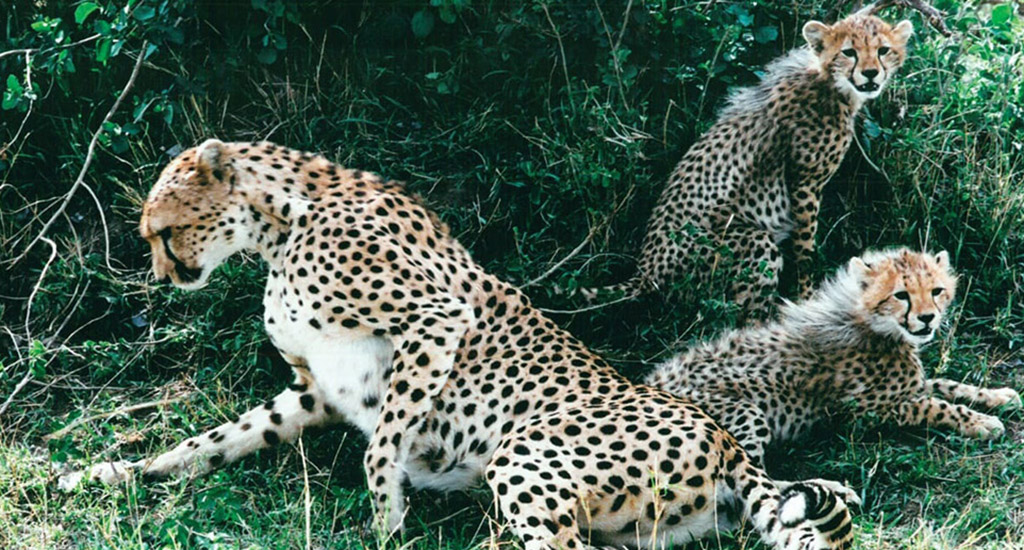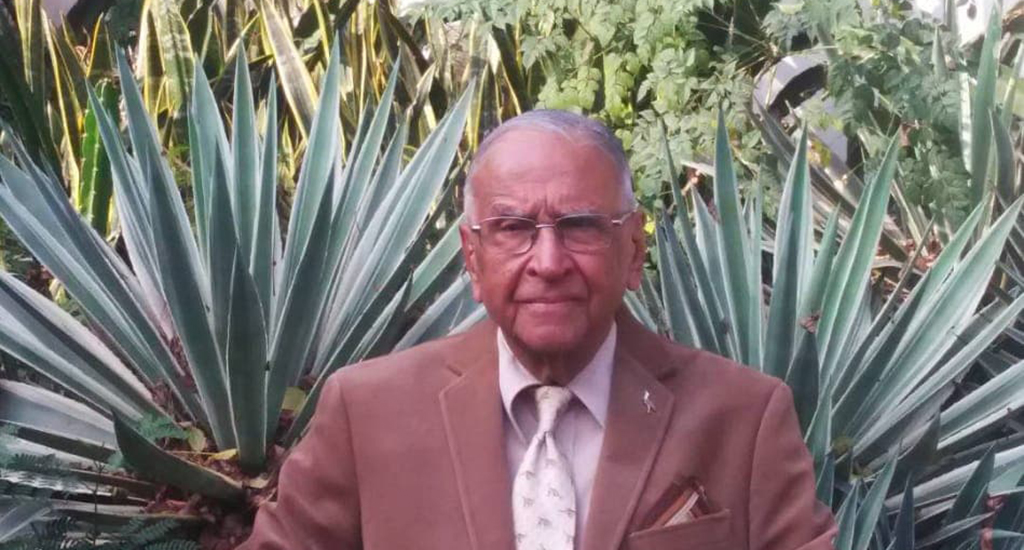
Ambitious plans to reintroduce cheetahs to India
The world's fastest land animal is coming back to India as an ambitious plan is underway to reintroduce the cheetah back to the subcontinent. Village Square speaks with the man behind the mission.

The world's fastest land animal is coming back to India as an ambitious plan is underway to reintroduce the cheetah back to the subcontinent. Village Square speaks with the man behind the mission.
Cheetahs were officially declared extinct in 1952 because of excessive hunting, human encroachment and vulnerability to disease.
Now an ambitious plan is underway to reintroduce the world’s fastest land animal back to India. As there are only a few Asiatic cheetahs left on earth, mostly in Iran, African cheetahs from Namibia and South Africa are headed to Madhya Pradesh’s Kuno National Park.
The plan has been a lifelong dream of conservationist M K Ranjitsinh. Village Square caught up with the retired IAS officer who was the main architect of India’s Wildlife Protection Act in 1972 and is today part of the Cheetah Reintroduction Task Force.
Ranjitsinh: In 1947-48 when I was about 10-years-old I heard about the extinction of cheetahs and it was a very sad occurrence. It became my dream that they should be brought back to India. It really starts off there.
The cheetah went extinct in the 1950s well before the Wildlife Act came into effect in 1972. During the framing of the Wildlife Protection Act, I did put the cheetah as a protected species though officially it had been declared extinct. Then began the process of trying to get the cheetah. I had the approval of the then prime minister, Indira Gandhi, who was interested and supported the idea. But at that time, the idea was to exchange cheetahs for lions. We had about 300 lions and they had 275 cheetahs.
We negotiated with Iran and we had agreed that it would be carried out but we were not ready to receive the cheetahs at that time. I then went away to work with the United Nations Environment Programme and Ms Gandhi lost power and the numbers plummeted thereafter.
In 1981 I went to Kuno in Madhya Pradesh and I was struck by the similarity of the habitat. The ruler of Gwalior had selected it as a very suitable area for lions and cheetahs in the 1920s. I declared Kuno as a sanctuary in 1981. When I became the director of Wildlife Institute of India in 1985 I tried again to reintroduce the cheetah but the numbers had fallen and there was no focus on conservation in Iran.

Subsequently I retired, but this desire to get the cheetah back was there and the government supported it. I was made chairperson of the task force constituted by the Ministry of Environment. We met all the leading cheetah experts of the world near Bikaner.
We had surveys done of various sites in India. The feasibility and prospects were taken into consideration and Kuno was chosen as the best place. It was suitable for both lions and cheetahs but an order came from the Supreme Court that instead of cheetahs, lions should go there. So the effort and the conservation was imperative and the attention and focus on Kuno deteriorated till the Supreme Court reversed its order in January 2020 stating that the cheetah can come to India, and Kuno. A committee headed by experts to guide and supervise the Ministry of Environment, Forest and Climate Change, was set up. The committee started working and sent reports to the ministry periodically.
Ranjitsinh: The Wildlife Institute of India had also chosen Kuno National Park as the site for the reintroduction of cheetah in 2013. There is a methodology for any carnivore reintroduction whereby you bring in the smaller species first and once it gets established you can bring in the larger ones. This is the methodology when two species are to be brought in.
The second thing is, you don’t just leave them free. They first have to be conditioned to Indian situations, and to establish them because they are scared and may try to run out. They are held in what are called ‘holding enclosures’, which are large, spread over half a kilometre or more. These have been built in Kuno National Park.
One aspect of partnership is called ‘sibling coalition’. Two or three siblings form a union or a coalition and they hunt together. They are more successful in hunting and they have a sense of security. There is no hard and fast rule for how long they are kept in enclosures. It depends on the individual animal depending on their adaptability to climate, environment and other factors.

We are going to have the best experts in the world from South Africa and Namibia. South
Africans say that they are reaching a saturation point as they cannot hold any more cheetahs. They will be there to guide us and transfer the technology.
There is a mindset in India that cheetahs are totally grassland animals but if you see the success ratio with South Africa, you will be surprised to know that the most successful rehabilitation has been in a much thicker forest than Kuno. It is a mix of grasslands and bushes which is called the grassland forest mosaic.
When the experts saw the habitats in India they said Kuno would be an ideal place. There are other areas like Mukundra, Rajasthan, which would also be an excellent place for cheetah breeding in a semi-captive environment. It spreads over 80 sq km and is a small sanctuary in itself. We have other sites such as Nauradehi Wildlife Sanctuary in Madhya Pradesh, which are being considered.
We have learned, not only from the cheetah project, but also from the tiger and snow leopard projects, that bringing in an apex predator has a large cascading effect. It leads to better protection of the habitat – this is most important. Bringing back cheetahs has led to building and protection of the habitat not only for cheetahs but also the prey species.
Kuno National Park has seen a spectacular recovery due to the reintroduction of cheetahs. Because of introducing apex predators, a habitat or a series of habitats can be upgraded.
The wildlife is more well protected and given attention when it is in a project or a sanctuary or in a conservation centre than a reserved forest because of the conservation status and attention that it receives.
The rehabilitation and the resettlement of the villages which was initiated for the lions continued for the cheetahs. There were 24 villages in the south of the Kuno area. They are very well settled outside the area now and are back into the mainstream.
Ranjitsinh: The bureaucracy in India works better under the project mode. The main gist for conservation in India is political will. Unless we have that in a democracy like ours, isolated efforts by individuals would not work. If there is commitment from the top, it makes things much easier and effective.
Under the aegis of cheetah reintroduction we can learn valuable lessons. There are both covert and overt implications of cheetah reintroduction. As far as overt is concerned – it will lead to conservation of different habitats. People go to see the tigers and snow leopards, not nature. They don’t go to the mountains to see the sheep and the ibex, but they are greatly helped too by the conservation of snow leopards. That is the cascading effect that I am talking about. The whole prey ecosystem is benefited too due to the protection of cheetahs, tigers and snow leopards.

After Gangetic dolphins were declared as the national aquatic animal, it has brought attention to conservation of our rivers too.
The covert ones include that we will learn the value of a species. We have several issues in India – hunger, poverty, etc. But we have not lost a single species of large mammal from India except cheetahs since independence. I am a believer that cheetahs became extinct in India because we did not know how to save them.
Efforts such as cloning exist but they are expensive and still in the experimental stage. Reintroduction shows that species matter. They are as important as man-made heritages of this country.
The lead image at the top of this page is of cheetah in Kuno National Park in Madhya Pradesh has been chosen as the ideal site for re-introducing cheetahs.